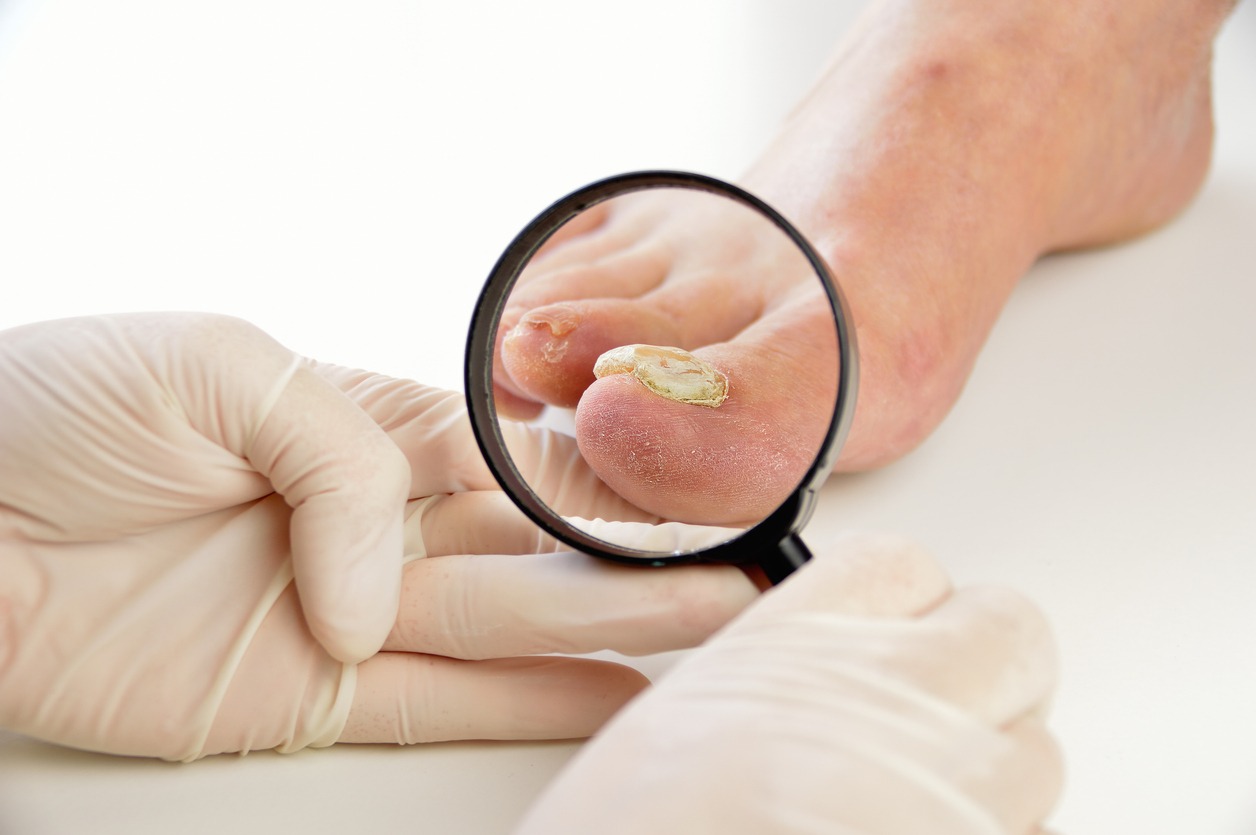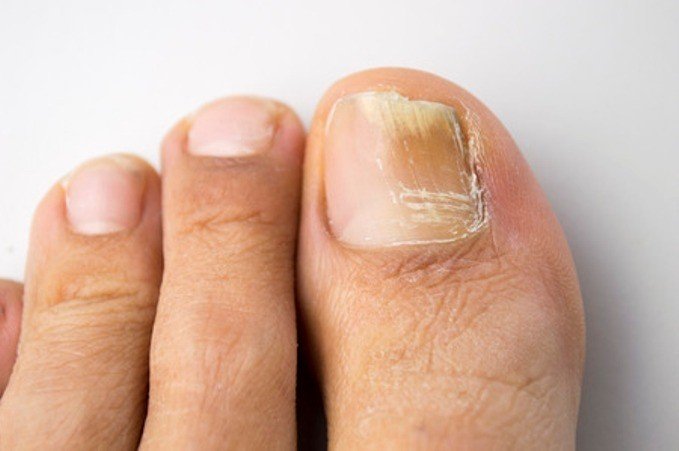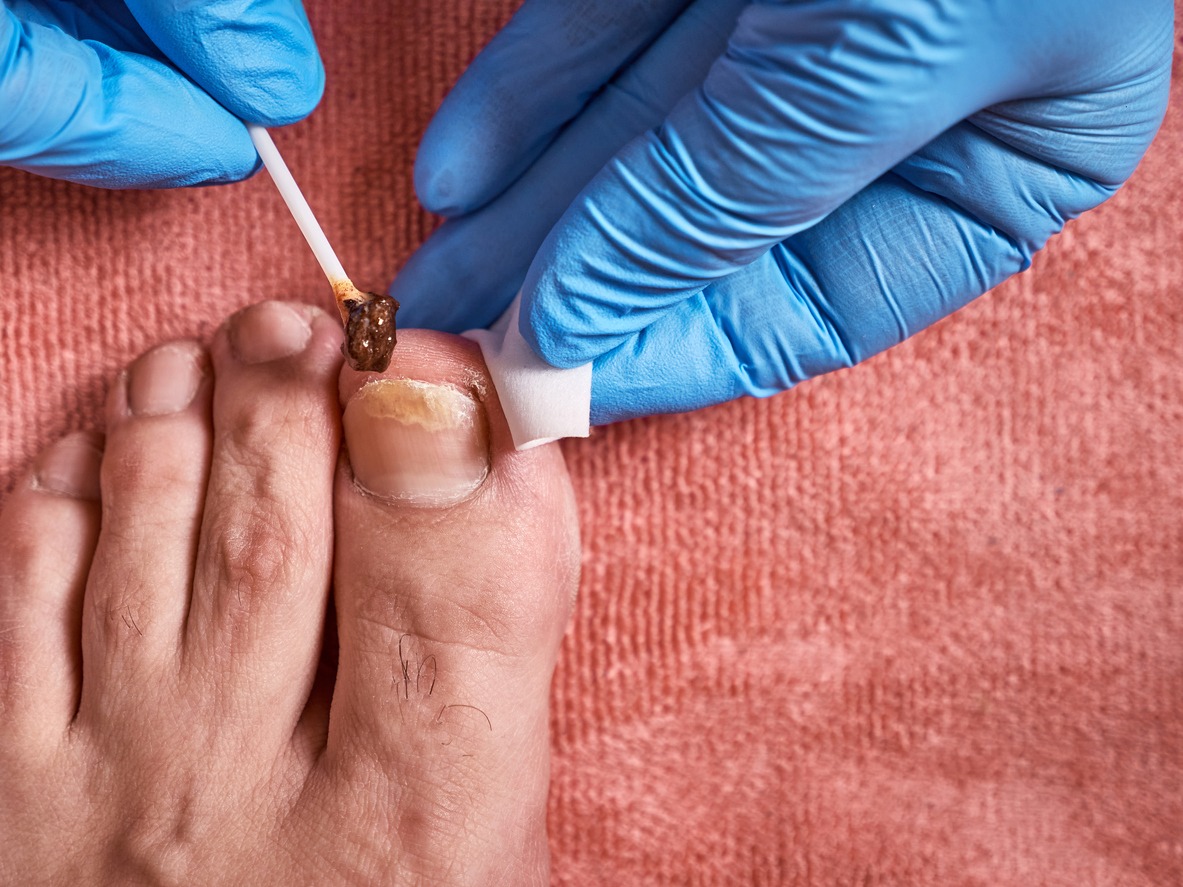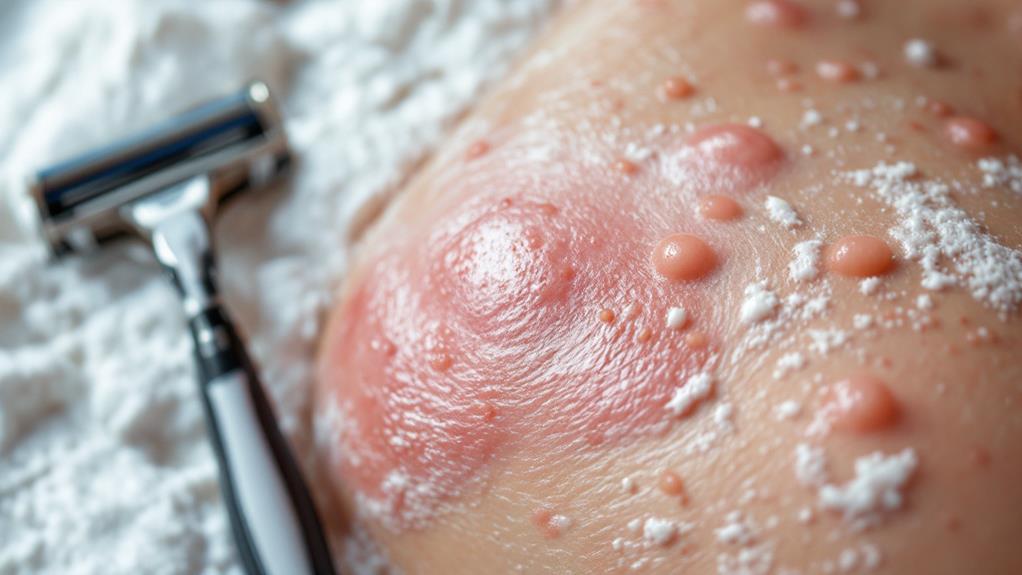What Is Toenail Fungus? Symptoms, Causes, and Treatment Options

Toenail fungus, or tinea unguium, happens when dermatophytes seep into your nail through tiny cracks, causing discoloration, thickening, and sometimes a foul odor. It's more common in older adults, especially if you have a history of athlete's foot or a weakened immune system. Risk factors like tight footwear and poor hygiene can exacerbate it. Treatments range from oral antifungals and topical creams to laser therapy and sometimes surgery. Home remedies include tea tree oil and vinegar soaks, though they're usually supplemental. Identifying symptoms early is essential for effective treatment and preventing complications, and further insights await.
Understanding Toenail Fungus
Have you ever wondered what causes toenail fungus and how it manifests? Toenail fungus, or tinea unguium, results from an infection primarily caused by dermatophytes, which are responsible for 90% of cases. This condition affects your toenails, making them appear discolored in shades of white, yellow, or brown. Your nails might thicken or even separate from the nail bed, leading to unsightly, though usually painless, symptoms.
The infection usually sneaks in through tiny cracks or cuts in the nail or surrounding skin. Risk factors for developing toenail fungus include being older, having a history of athlete's foot, or medical conditions like diabetes or a weakened immune system. These factors can make you more susceptible to the pesky fungi.
When you're dealing with toenail fungus, you've got several treatment options to investigate. Oral antifungals are a common choice, but topical treatments and laser therapy are also viable alternatives. Keep in mind that treatment often takes several months since nails grow slowly. A proper diagnosis involves a visual examination and tests like nail samples for microscopic analysis to pinpoint the fungus type, guiding you to the best treatment path.
Common Symptoms
Noticing changes in your toenails can be alarming, especially when they start showing signs of a fungal infection. One of the most common symptoms of toenail fungus is discoloration. Your nail might turn from white to a yellow-brown hue, and as the infection worsens, it might even become green or black. This discoloration often pairs with thickening, making your toenail difficult to trim. The thickening can lead to nail distortion and brittleness, causing your nail to become weak and more prone to breaking.
As the infection progresses, your toenail might start separating from the nail bed, creating visible gaps that are unsightly but usually not painful. This separation can be accompanied by a foul odor, which signals a more severe fungal infection. You might also notice changes in the surrounding skin. It can become cracked, red, and swollen, sometimes accompanied by itchiness, indicating that the infection is spreading beyond the nail itself.
Recognizing these symptoms early is essential for effective treatment. If you suspect toenail fungus, it's significant to seek appropriate treatment to prevent further damage and restore your nail to its healthy state.
Causes and Risk Factors

Understanding the causes and risk factors of toenail fungus can help in preventing its occurrence. Toenail fungus, or tinea unguium, is mainly caused by dermatophytes, which infiltrate through cracks in the nail or surrounding skin. These fungi are responsible for about 90% of infections. Numerous risk factors can increase your chances of developing toenail fungus.
Age plays a considerable role, with individuals over 70 years having a 50% prevalence rate. A history of athlete's foot is another risk, as it can easily spread to your toenails. If you have a weakened immune system due to conditions like diabetes or psoriasis, you're more susceptible to fungal infections.
Your daily habits can also contribute to the risk. Wearing tight, moisture-retaining footwear creates an ideal environment for fungi to thrive. Walking barefoot in communal wet areas, such as pools or gym showers, markedly raises the likelihood of contracting toenail fungus. Moreover, poor foot hygiene, such as infrequent washing and neglecting nail care, facilitates fungal growth.
Diagnosis Methods
Recognizing the causes and risk factors of toenail fungus is just the beginning; knowing how it's diagnosed is likewise significant. When you visit a healthcare provider, they'll start with a visual examination of your toenails. They're looking for symptoms such as discoloration, thickening, and separation from the nail bed. These signs help them assess the likelihood of a fungal infection.
To confirm the diagnosis of toenail fungus, your healthcare provider might perform a potassium hydroxide (KOH) test. This involves taking nail clippings or scrapings and examining them under a microscope for fungal elements. Another method, the fungal culture, involves growing the fungus from a sample to identify the specific type involved. These tests are essential as they guarantee that the treatment you receive is targeted and effective.
It's also significant to rule out other nail disorders like psoriasis or trauma, which can mimic fungal symptoms. This differential diagnosis helps avoid misdiagnosis and unnecessary treatments. Early identification of toenail fungus is crucial for effective treatment and minimizing complications. So, don't hesitate to seek professional advice if you notice any unusual changes in your nails.
Treatment Options

Regarding treating toenail fungus, you've got several options to contemplate. Oral antifungal medications like terbinafine and itraconazole are popular choices, providing systemic treatment but requiring several months to show results. They're often recommended for tackling severe infections. If you're dealing with milder symptoms, topical treatments such as ciclopirox and efinaconazole can be effective, although they might struggle with more persistent cases.
For those seeking alternative treatment options, laser therapy is gaining attention. It offers temporary improvement in nail clarity by targeting the fungus directly. However, it's not yet considered a primary cure. If you're facing stubborn toenail fungus, combination therapy might be worth considering. This approach uses both oral and topical antifungals to enhance overall effectiveness, especially in severe infections.
In cases where traditional methods don't work, nail removal becomes a viable option. Surgical intervention can be necessary for persistent infections that refuse to respond to other treatments. By removing the affected nail, you allow healthier growth to take its place. With these treatment options in mind, you can choose the best course of action to address your toenail fungus and its symptoms.
Home Remedies
While there are diverse medical treatments available, you might also consider trying home remedies to manage toenail fungus. Tea tree oil is a popular choice due to its antifungal properties. Applying it directly to the affected nail twice daily for several weeks might help. Another option is apple cider vinegar. By diluting it with water for a daily 30-minute soak, you create an acidic environment where fungi struggle to survive.
Menthol ointments like Vicks VapoRub also offer alternative treatment options. The active ingredients may inhibit fungal growth when applied regularly. Baking soda can be particularly useful, either as a foot soak or a paste, as it absorbs moisture and might reduce the fungal infection.
However, while these home remedies can offer some relief, they aren't substitutes for medical treatment. For severe or persistent infections, it's vital to consult healthcare professionals. They can provide guidance on the most effective treatment options tailored to your condition. Always keep in mind that combining home remedies with professional advice guarantees a more thorough approach to managing toenail fungus. Don't hesitate to seek expert help when needed to achieve the best results.
Prevention Strategies

To effectively prevent toenail fungus, focus on maintaining proper foot hygiene. Start by washing your feet daily with soap and water, then thoroughly dry them, paying special attention to the areas between your toes. This simple step greatly reduces the risk of toenail fungus, especially in damp environments. Wearing moisture-wicking socks and breathable footwear can also help keep feet dry, minimizing the chances of fungal growth associated with sweating.
Incorporate prevention strategies like regularly trimming your toenails straight across and keeping them short. This practice prevents nail injuries that might allow fungi to enter and cause infections. Furthermore, consider using antifungal powder or spray in your shoes, especially after exercise or in humid conditions, to inhibit fungal growth and maintain comprehensive foot health.
Avoid walking barefoot in communal areas such as pools and gym showers, as these places are breeding grounds for fungi due to their warm, moist environments. Keeping your feet covered in such settings reduces exposure and lowers the risk of infection. By implementing these strategies, you can effectively safeguard your feet against toenail fungus and enjoy healthier, fungus-free nails.
When to Seek Help
Recognizing the right time to seek help for toenail fungus can make all the difference in effective treatment and recovery. If you notice redness, swelling, or pain around your toenail, it's vital to seek medical help. These symptoms might indicate a secondary bacterial infection or cellulitis, especially if you have diabetes or a compromised immune system. Don't ignore persistent changes in your toenails, such as discoloration, thickening, or separation from the nail bed. A professional diagnosis is important to rule out other conditions before proceeding with treatment options.
If you've been using home treatments or over-the-counter antifungal products for a few weeks without improvement, consult a healthcare provider. You might need prescription medications for more stubborn fungal infections. Individuals with a history of such infections should remain vigilant; recurrence is common and might require more aggressive treatment.
For those dealing with chronic fungal infections or underlying health issues, regular follow-up appointments with your healthcare professional are advisable. These visits help monitor the effectiveness of your treatment and prevent complications. Timely intervention not only improves recovery but also minimizes the risk of the infection spreading or becoming a long-term issue.




